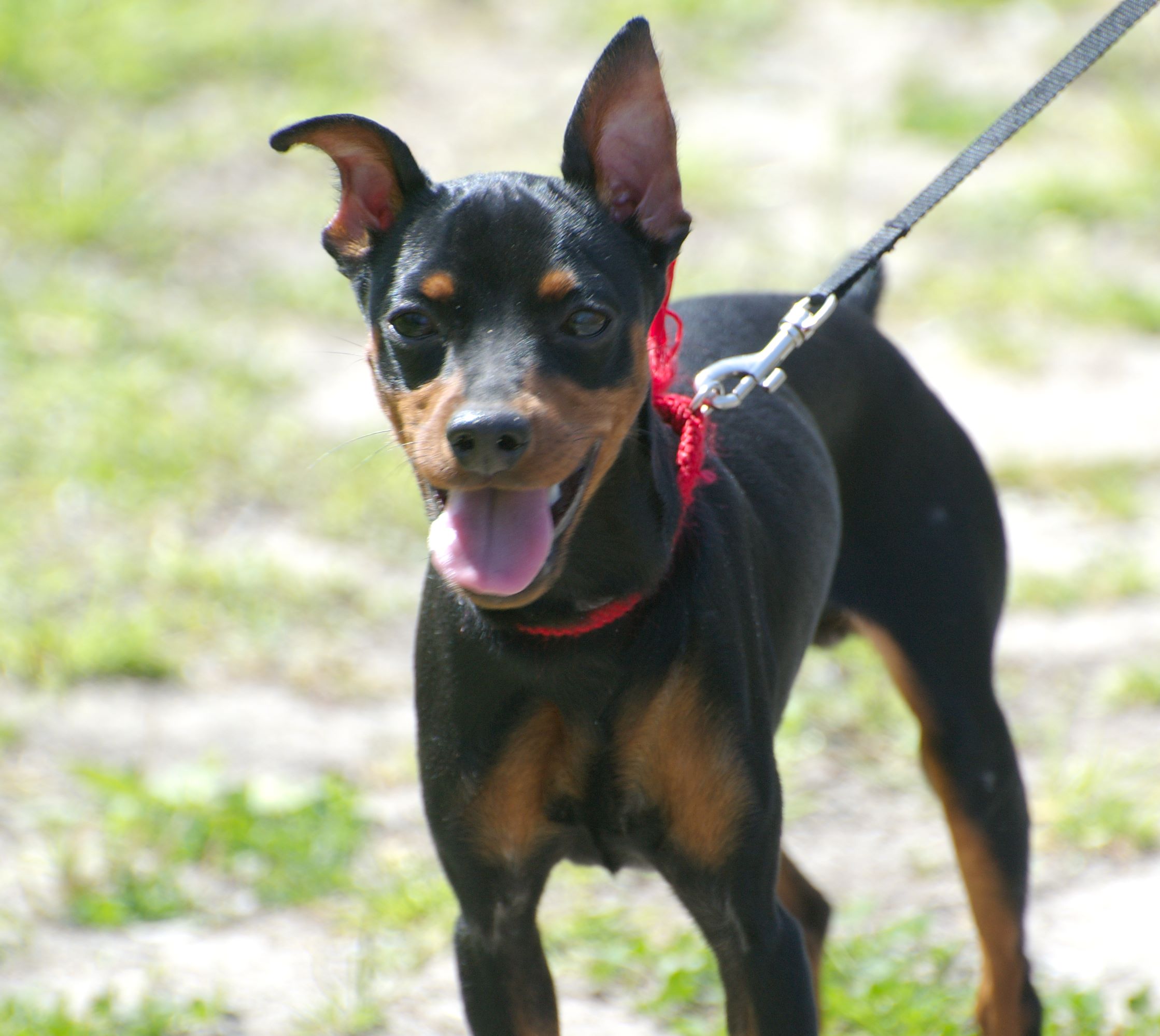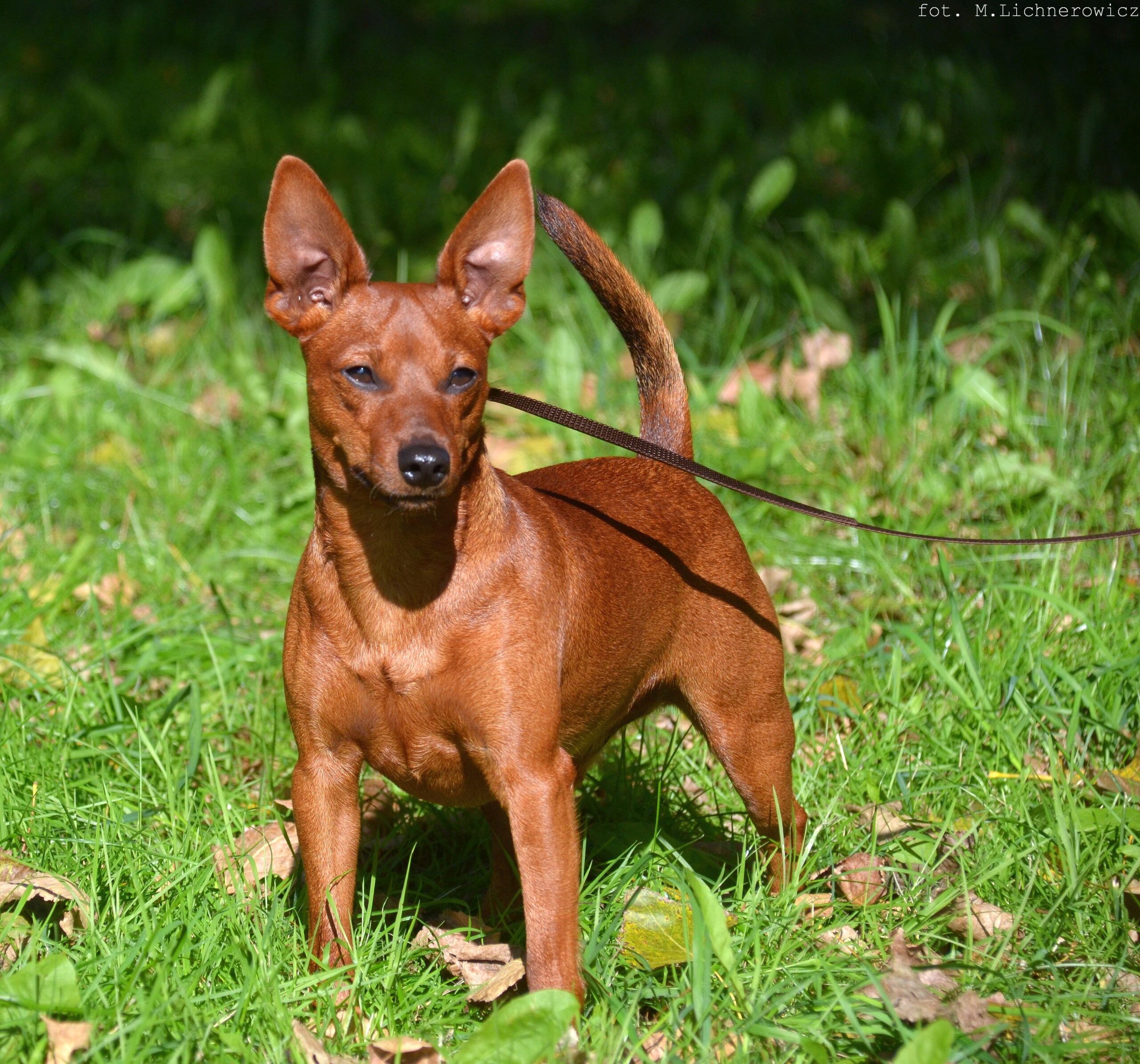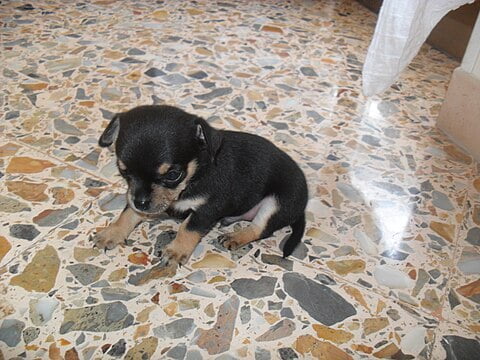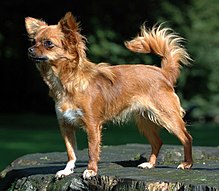
With an energetic spirit encapsulated in a compact frame, the Miniature Pinscher, often affectionately referred to as the “Min Pin,” is a bundle of charisma and confidence. Despite its small size, this breed displays an assertiveness and vigor more common in larger breeds. Originally hailing from Germany and bearing no relation to the Doberman Pinscher as commonly believed, the Miniature Pinscher was primarily used to hunt vermin, a task it undertook with zest and enthusiasm. Characterized by its sleek coat, high-stepping gait, and alert expression, the Min Pin is both a lively companion and a vigilant watchdog.
The Miniature Pinscher is a member of the AKC Toy Group.
Breed Characteristics
| Dog Breed | Miniature Pinscher |
| Breed Popularity (AKC) | 72 |
| Country of Origin | Germany |
| Personality | Intelligent, energetic, playful, good-natured |
| Life Expectancy | 12-16 yrs |
| Height | 10-13 in |
| Weight | 8-10 lbs |
| Color | Red, Stag Red |
| Coat | Short, smooth |
| Shedding | Infrequent |
| Grooming | Occasional Bath/Brush |
| Health Problems | Dental problems, eye issues, skin allergies |
| Trainability | Independent |
| Exercise Needs | Regular Exercise |
Miniature Pinscher History
Contrary to popular belief, the Miniature Pinscher is not a miniature version of the Doberman Pinscher. Originating in Germany several centuries ago, this breed was primarily used to hunt rats in homes and stables. Its lineage is believed to include the Dachshund and Italian Greyhound. The breed’s spirited demeanor and ‘kingly’ attitude have earned it the nickname ‘King of the Toys’.
Temperament
Miniature Pinschers, often mistaken for tiny Dobermans, are spirited and assertive. They are sharp-witted, which aids in trainability, but their independent streak can sometimes pose challenges. Their behavior leans towards being alert and curious. They have a moderate to high energy level, enjoying short bursts of play. Socialization is essential to ensure they don’t become overly assertive. Their barking tendencies are high, often using their voice to alert or communicate.
Remember, while breed traits provide a general idea, individual dogs can have personalities that differ from the breed standard. Always spend time getting to know the dog and ensure their needs and temperament align with your lifestyle.
Grooming Requirements
Miniature Pinschers have a short, smooth coat that’s relatively low-maintenance. Occasional brushing can help to remove loose fur and distribute natural oils. Bathing with a gentle dog shampoo when necessary is adequate. Regular grooming tasks like nail trimming, ear cleaning, and dental care are crucial for this small breed.
Miniature Pinscher Health
Miniature Pinschers, with a lifespan of 12-14 years, are generally robust but can face issues like patellar luxation. Regular vaccinations, flea prevention, and deworming are recommended. Their diet should be high-quality dog food, with minimal treats, and attention given to potential allergies.
Exercise Needs
Miniature Pinschers, despite their small size, are energetic and spirited. Regular walks and fetch sessions cater to their active temperament. Visits to the dog park provide both playtime and socialization opportunities. Bonding through agility and structured playtime matches their vibrant personality.
Training
Miniature Pinschers, often mistaken for tiny Dobermans, require consistent obedience training to channel their vibrant energy. Commands streamline potty training, while crate training ensures they have a secure space. Addressing behavior problems, especially their assertive nature, is essential. Regular socialization helps balance their confidence with adaptability in various scenarios.
Miniature Pinscher Pictures



Related Dog Breeds
More Dog Resources
Are you thinking about getting a puppy? Make sure to check out our list of important questions to ask before you adopt a puppy.
We also have many resources to help, from naming your puppy to socialization resources and training tips.
Take me back to the Ultimate Guide to Dog Breeds



